Film noir emerged in the 1940s and 1950s and was known for its dark, often morally questionable and cynical portrayal of crime and humanity. Orson Welles' Touch of Evil is perhaps the last great masterpiece of the film noir era.
The film noir era also ushered in a style of photography that I still see living on the portfolios of some online photographers. Typically, film noir photography is black-and-white, dark, high-contrast, sometimes shot at night, and quite moody. Some of the most classic film noir shots have silhouettes, often in an urban environment.
One of my favorite YouTubers, Omar Gonzalez released a video almost five years ago that recently came back through my online feed. I love Omar’s videos in general and remembered how much fun and inspiration I got from following through with the exercise he proposed, so I wanted to share it with you.
In his video, Omar proposed setting up one digital camera to be shot exclusively in black and white with the same lens. The idea is to dedicate the camera to only black and white using some film recipes in JPEG and play around with the film noir theme.
Allow me to digress with a gear nerd moment: Now, I had a lot of Fujifilm gear that I sold a year ago for full frame, but I did keep one camera—which is the same one I used for this exercise: The X-E2 from 2013.
The Fujifilm X-E2 is slow, it has its cons for sure, but it has a rangefinder design which means that the viewfinder is offset to one side. This was very much what drew me to the camera in the first place. It allows me to take in a scene much more liberally while still framing a shot in the traditional way—with an EVF. That is a requirement for me!
Fujifilm shooters often discuss pros and cons of the Fujifilm X-Trans sensors but for me, there’s something very special about the X-Trans II sensor, which is in the guts of the X-E2. It’s the camera I brought with me to Germany and Denmark in 2022 and for the most part, it did not let me down.
So, I set up my Fujifilm X-E2 and a TTArtisan 25mm f/2.0 as my “Film Noir” dedicated camera. (I opt to skip the gaffer’s tape mentioned in the video!) I created my own JPEG recipe, modified from Fujifilm Weekly’s “Monochrome Red” and played around with the process.
Here are some of the images taken 2021 on three different occasions. The point of this exercise isn’t the final image, but it’s the creativity opportunity within the process itself. As you can see, the more I shot, the more experimental I got. Not every shot had to be pristine and I liked that. Liberation in the imperfection!
Why bother with this exercise again? One of the challenges for me is I use digital cameras all the time, switching between Nikon and other brands, depending on whether I’m shooting an actual event or street photography and wildlife/nature for fun. When I pick up a film camera again, the act of slowing down and adapting to the medium is often a long adjustment.
I’m thinking that X-E2 Film Noir camera might be a way to more quickly adapt myself to days when I do pick up my film camera. This time though, I might select another lens entirely, along with a different film recipe.
I also love the “Film Noir” process and could use a different departure, so I will likely give it a go, do some printing, who knows? The point is just to have fun!
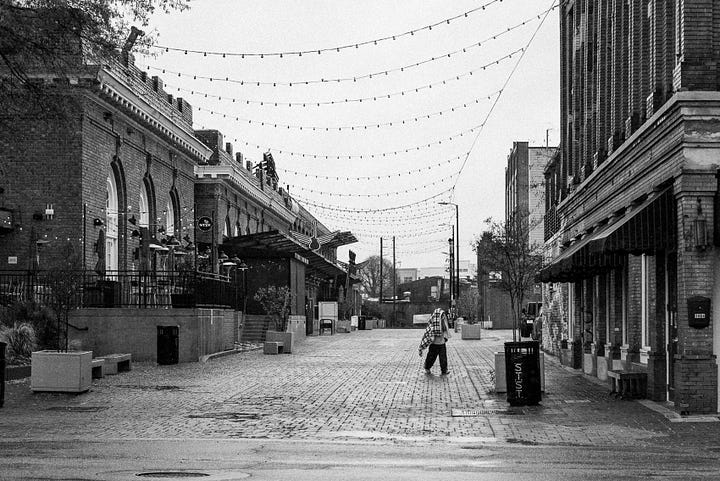
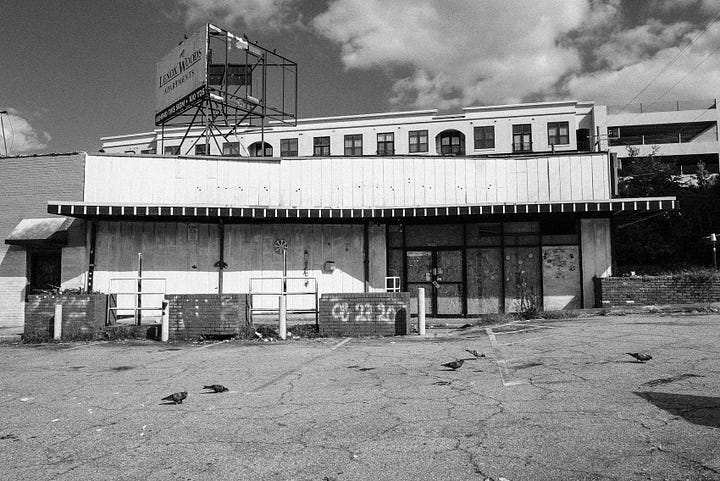
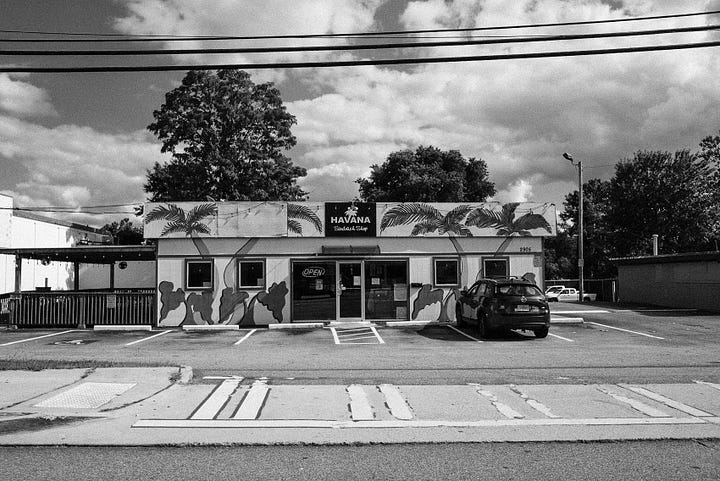
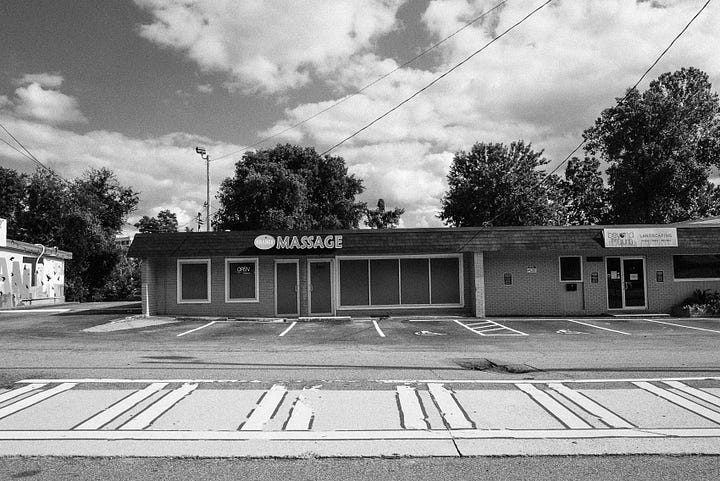
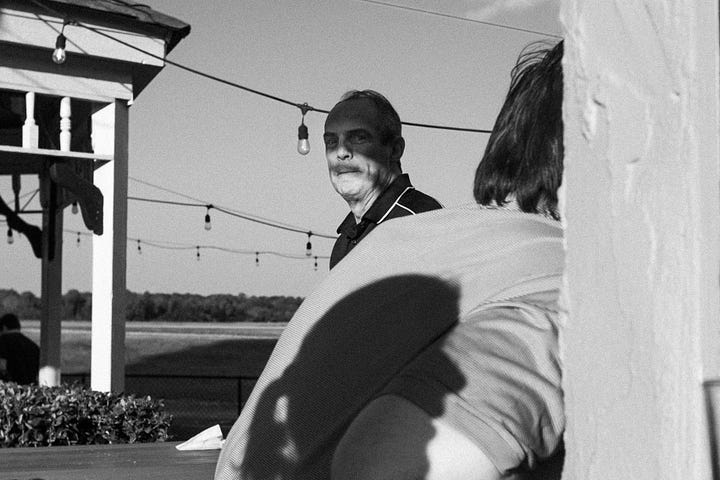

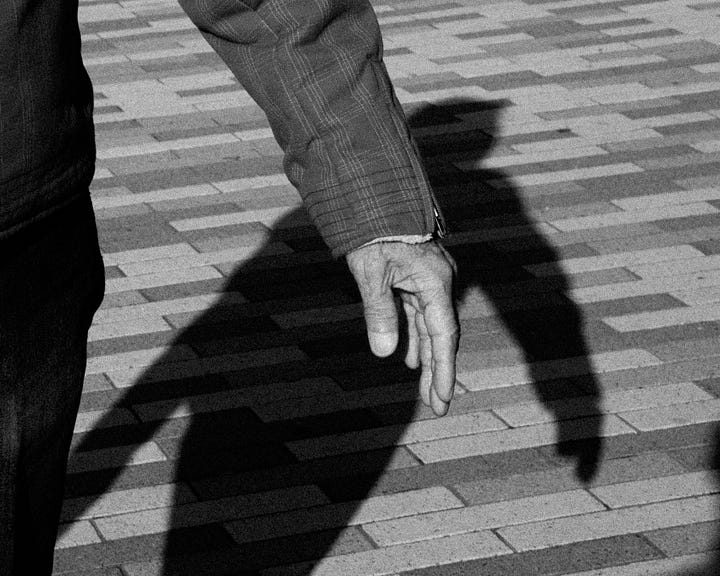
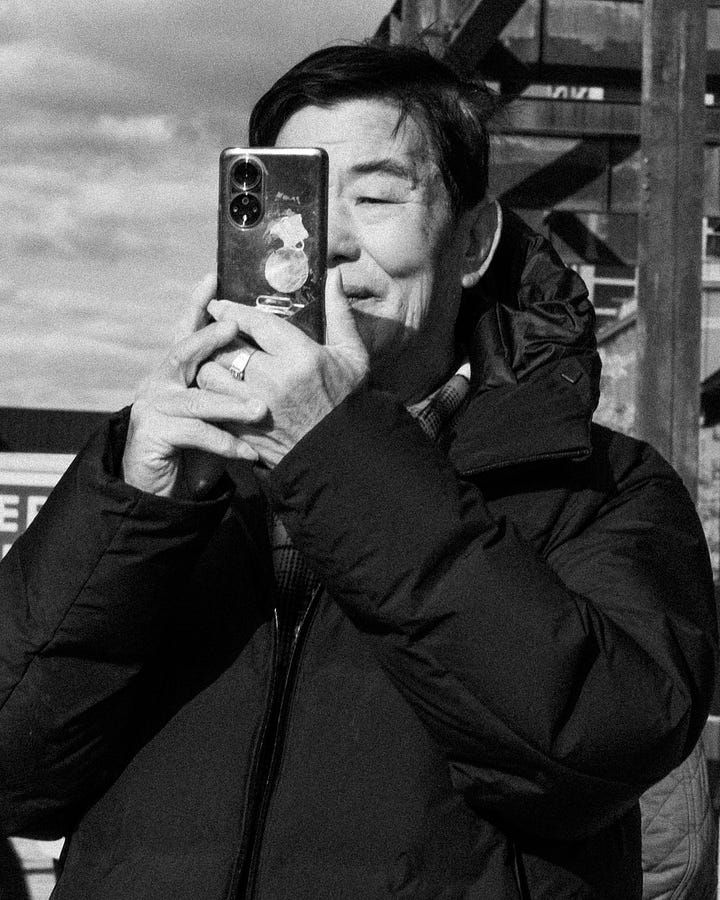
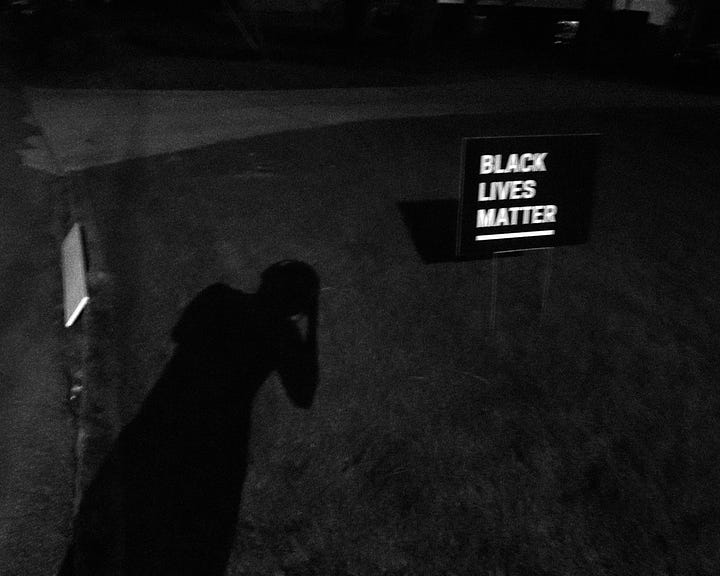

Fujifilm X-E2, TTArtisan 25mm, Digital. All images © juliettemansour.com





Ok, so that fifth image is awesome!
To capture three people, one face covered with a beautiful shadow, another person’s back and then the shadow of the third person on the second’s person’s back all in this beautiful composition is mastery!!
I’m a big fan of Omar. I got into his work around the time I picked up my X-T20, and I loved that camera. Lately, I’ve been thinking about getting an X-T10. just dedicated to B&W shorts (Noir i just love the way that word just rolls off the tongue. 🙂)